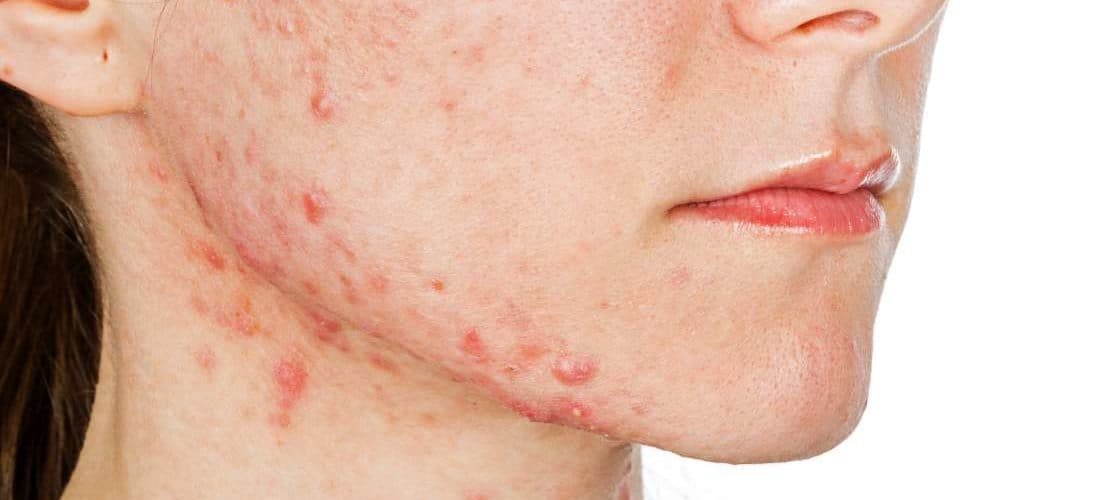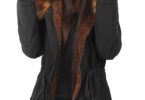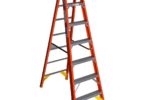Skin acne, or acne vulgaris, is one of the most common forms of skin disease in the United States. Most prevalent among adolescents, the condition is characterized by lesions, or pimples, and inflammation of the skin. The disease spreads most in areas of skin dense with sebaceous follicles, like on the face, and therefore is often considered an unsightly condition and treated as a social taboo.
85% of adolescents suffer from bad acne, and 40% of those sufferers go untreated. Only 11% of real bad acne sufferers will see a physician regarding their condition. However, the lack of medical treatment does not reflect the seriousness of the disease’s symptoms.
Especially among adolescents, really bad acne can be linked to symptoms of low self esteem, depression and even suicidal tendencies. Compounded with the existing anxieties related to adolescence, bad facial acne sufferers can experience serious psychological symptoms if not carefully treated. Additionally, bad body acne sufferers can experience scarring in areas affected by the disease.
What are the Causes of Acne?
Acne is hereditary and not contagious.
- Family history and genetics are associated with cases of acne.
Additionally, sufferers with family members with the disease will often experience symptoms at a younger age than those without family incidence.
- Hormone levels are believed to play a role in acne occurrences.
Menstruation cycles in women and puberty can trigger incidents of acne in adolescents.
- Skin inflammation or scratching can trigger acne break outs.
- Stress has been linked to acne in several studies.
- Exposure to bacteria or oils on the skin can inflame acne.
- Certain high glycemic foods such as chocolate are linked to acne.
Due perhaps to lack of access to healthcare professionals, many common misconceptions regarding acne persist. Some state that:
- Acne is caused by bad hygiene.
This isn’t the case. Dirt is probably associated with acne because blackheads look like dirt. However, blackheads actually contain oxidized keratin, not dirt. These blockages of keratin actually occur too far deep in the skin to be washed away at all.
However: Excess oil on the face could potentially block pores causing excess build up. Therefore, standard washing is advised for acne sufferers.
What are some of the Treatments for Acne?
Acne skin products and treatment regiments make up a large industry in skin and healthcare products. This is unsurprising due to the volume of acne sufferers, but also due to the difficulty with which acne is treated.
There are, generally speaking, four ways in which treatment options take effect. Treatments work to
- Clear pores of blockage
- Kill acne bacteria
- Reduce acne inflammation
- Balance hormone levels
There is no “cure” for acne, but by working to do these things, acne treatments can alleviate the symptoms of acne sufferers.
Some common treatment options include
- Topical bactericidals
In cases of mild to moderate acne, sufferers often use topical products containing benzoyl peroxide. This is applied in a cream twice daily to the site of the acne inflammation.
- Topical or oral antibiotics
Antibiotics are taken to kill the bacteria living in blocked pores.
- Hormonal treatments
Effective in women, hormonal treatments with estrogen/progestogen can be used to eliminate acne.
- Topical or oral retinoids
Retinoids may be used to control the follicle lifecycle on the acne sufferer’s skin and reduce acne.
- Dermabrasion
Dermabrasion is the cosmetic procedure in which layers of skin are removed by abrasion, or sanding. Microdermabrasion uses a less invasive method to eliminate layers of skin.
<>
<>
<>
<>
<>






